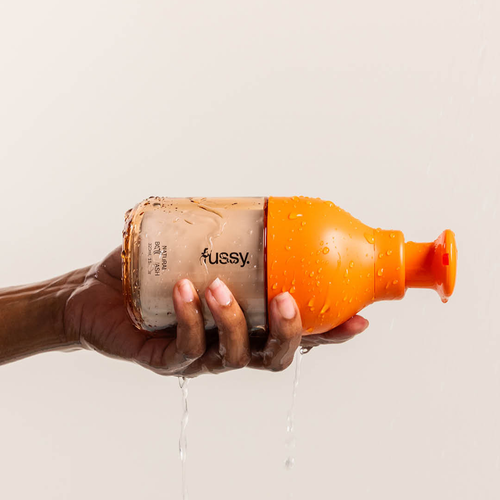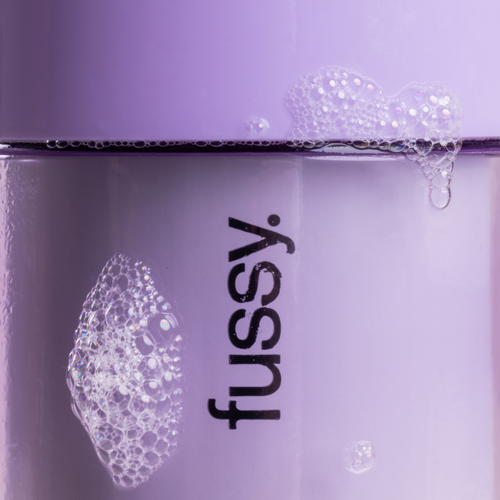What’s your longest relationship? 5 years? 10? 20? How about 115 years? That’s how long the earth has been in a relationship with plastic. In that relatively short time, every part of our modern lives has become intertwined with plastic - from what we sleep on, to what we eat out of.
From the first fully synthetic plastic - Bakelite in 1907, to nylon stockings in 1939, to the single-use stuff we’re trying desperately to cut down on today, plastic is everywhere - and not all plastics are created equal.
A Brief History Of Plastic
When plastic first came onto the scene, it was not made to be a throw-away resource. Other materials available at the time were often expensive and difficult to get hold of - by the mid-19th Century elephants were already facing extinction as the demand for ivory products grew, as were some species of turtle, whose shells were used to make hair combs.
When Belgian chemist Leo Baekeland pioneered Bakelite, it caused a consumer boom in affordable and fashionable products. Its wood-like appearance suited the up and coming art-deco style perfectly, allowing the masses to buy into it. The original Bakelite telephones and radios of the 1920s and 30s were not made to be replaced quickly - but kept and looked after as valuable, treasured possessions.
It was post World War Two where our problems with plastic began, as more expensive options like glass, paper and metal, used in consumer packaging, were replaced with plastic. The worst offender? Polyethylene - used to make plastic shopping bags and drinks bottles. It is estimated that 500 billion plastic drinks bottles are sold every year, with the majority ending up in the ocean.
How To Reduce Our Plastic Use?
The question of how to solve this issue feels enormous and impossible, especially when plastic dominates so much of our lives. But in many ways, we should be inspired by the past and those pre-war years of plastic use.
Plastic is never going to disappear, but our relationship with it needs to change. The plastic we do use needs to stop being seen as a single-use commodity and instead something we value and keep.
Refill Is The New Recycle
This is where refillables over recyclables become a great initiative. By choosing something made out of a longer-lasting material and using it time and time again, we increase the lifecycle of the object and stop thousands of single-use items from ending up in our oceans and landfill.
Take Fussy deodorant as an example. We won’t lie to you - our case is made from plastic. But it’s made to last. When designing our cases we looked at all sorts of materials, including metals, but this would still require plastic parts, meaning it would have to be glued together and can’t be recycled at the end of its life. Making it from one material actually has a lower carbon footprint over its lifetime, so we made our cases from a composite blend of recycled plastic and ABS to help it last a lifetime - so you can keep using your deodorant case, again and again, every day, for many years.
Plastic Alternatives
The great news is, with every passing month, we’re hearing of more and more great alternatives to plastic that can be used in packaging. We’ve heard of grain husks being turned into a styrofoam alternative, paper water bottles and even food wrapping that can be grown. At Fussy, we house our deodorant refills in waste sugar cane pulp, which makes them totally compostable. So, once you’ve finished your refill you just chuck the packaging in your compost or food waste bin and it will break down back into the earth.
The key to breaking up with plastic is all about changing our attitude - whether it’s finding plastic alternatives or reusing and refilling what we can. When we look at our next 115 years with plastic, the environmentally friendly answer may lie in how plastic was viewed when it was first invented - as items we value and keep, and not something destined for landfill.






